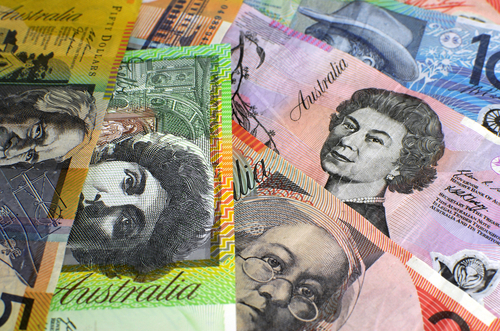Australian first quarter GDP beat estimates, rising 1.10% on the quarter with the year over year GDP recorded at 3.10%. UK manufacturing PMI rebounds in May, rising back above 50 and US ISM Manufacturing PMI expands to 51.3 in May.

Today’s Economic events
Coming up
Australia GDP rises 3.10% on the year
First quarter economic growth in Australia extended the gains from the fourth quarter, marking one of the strongest quarterly gains in two years. On a quarter over quarter basis, GDP grew 1.10%, beating expectations of a 0.60% increase in the first quarter of 2016. The previous fourth quarter’s GDP data was also revised higher from 0.60% to 0.70%, data from Australian Bureau of Statistics showed on Wednesday. On a year over year basis, Australian GDP was up 3.10% on a seasonally adjusted basis, up from a downward revised 2.90% YoY growth in Q4, 2015. The GDP was expected to beat estimates after the first quarter current account deficit narrowed yesterday.
However, despite the upbeat data, the sub-readings showed a general weakness. Terms of trade, which reflects the fall in the price of exports relative to imports fell 1.90% on the quarter and 11.50% on a year over year basis. Growth was seen coming from exports and household consumption expenditure which contributed 1.0% and 0.40% respectively. Exports increased as mining production was up 6.20%, while in the services sector, financial and insurance services grew 1.80%. While the Australian dollar reacted strongly to the data, the Aussie gave up its gains by the Europe trading session with the Australian ASX falling 1.10%.













Leave A Comment